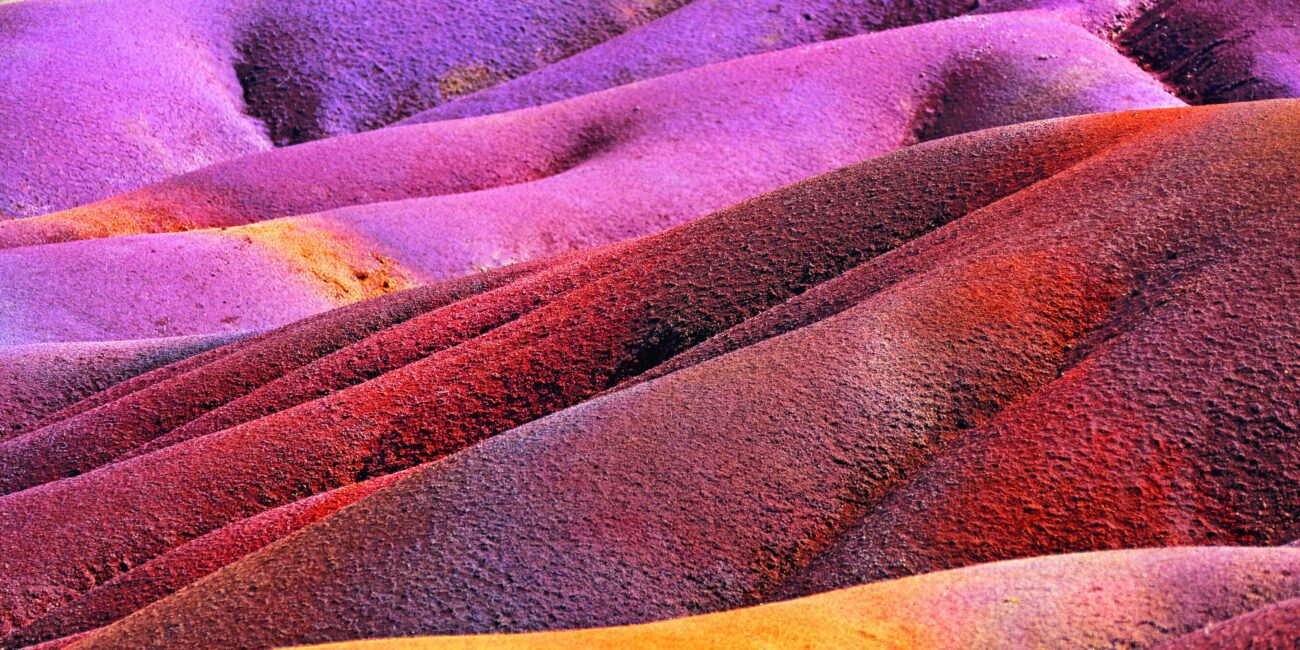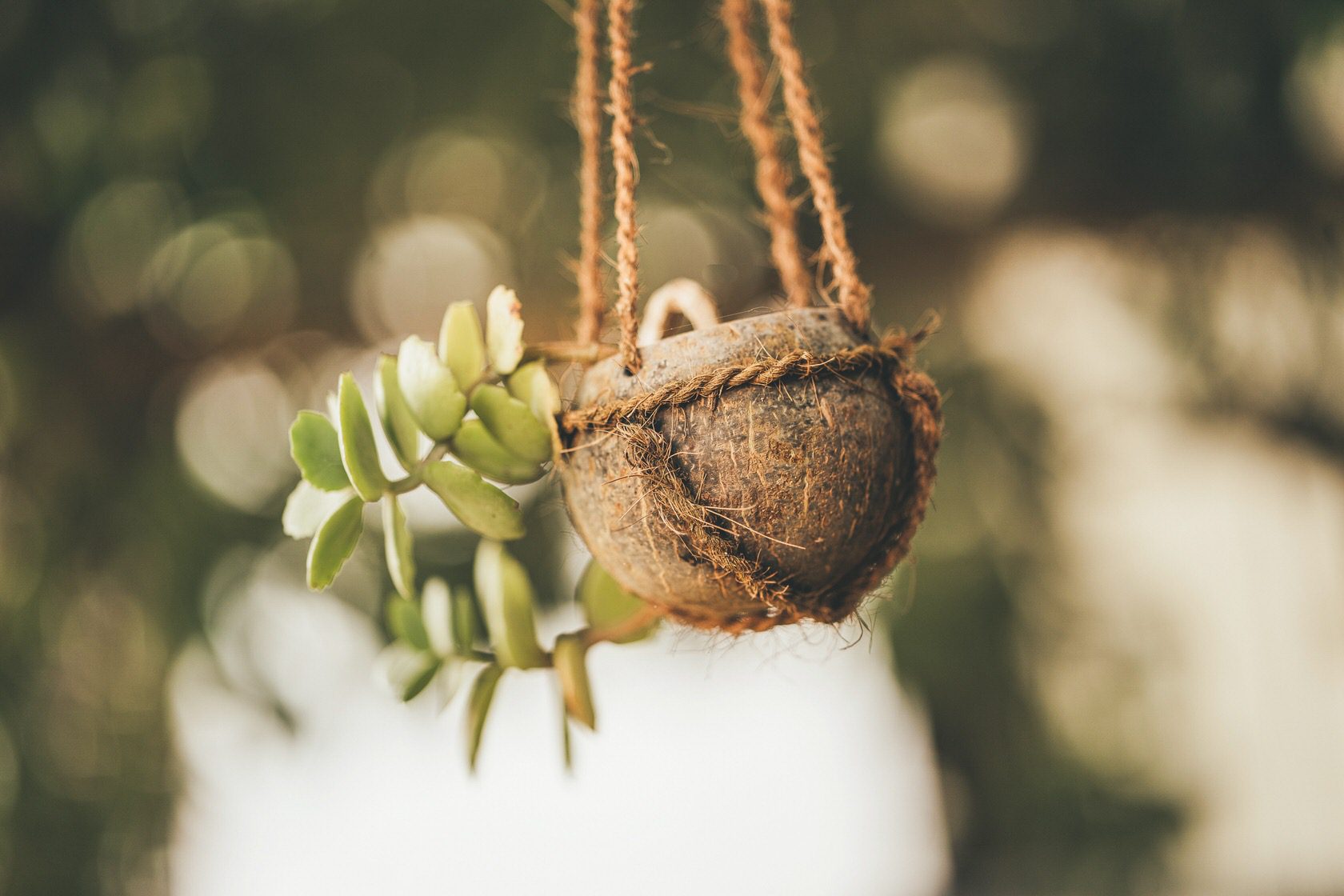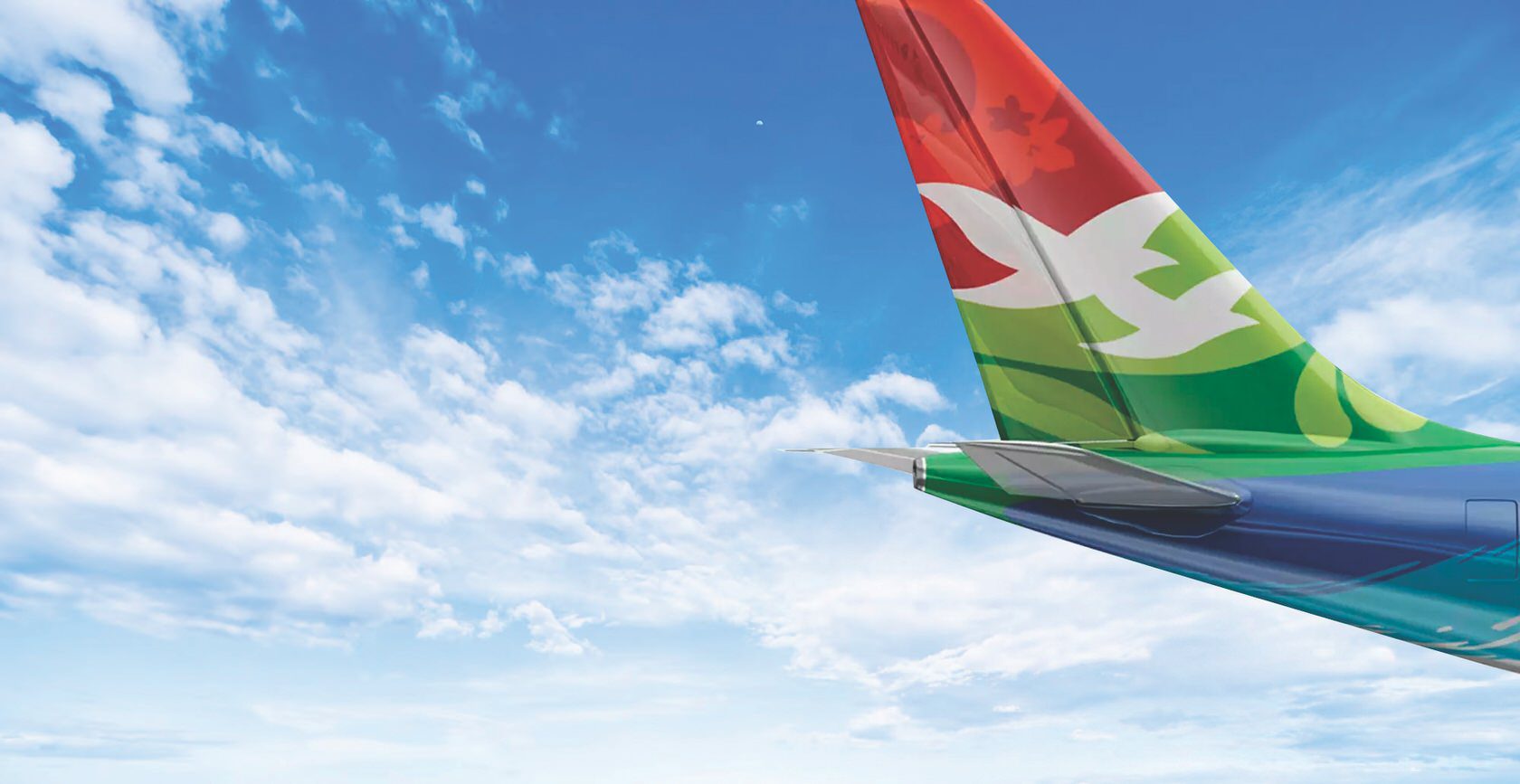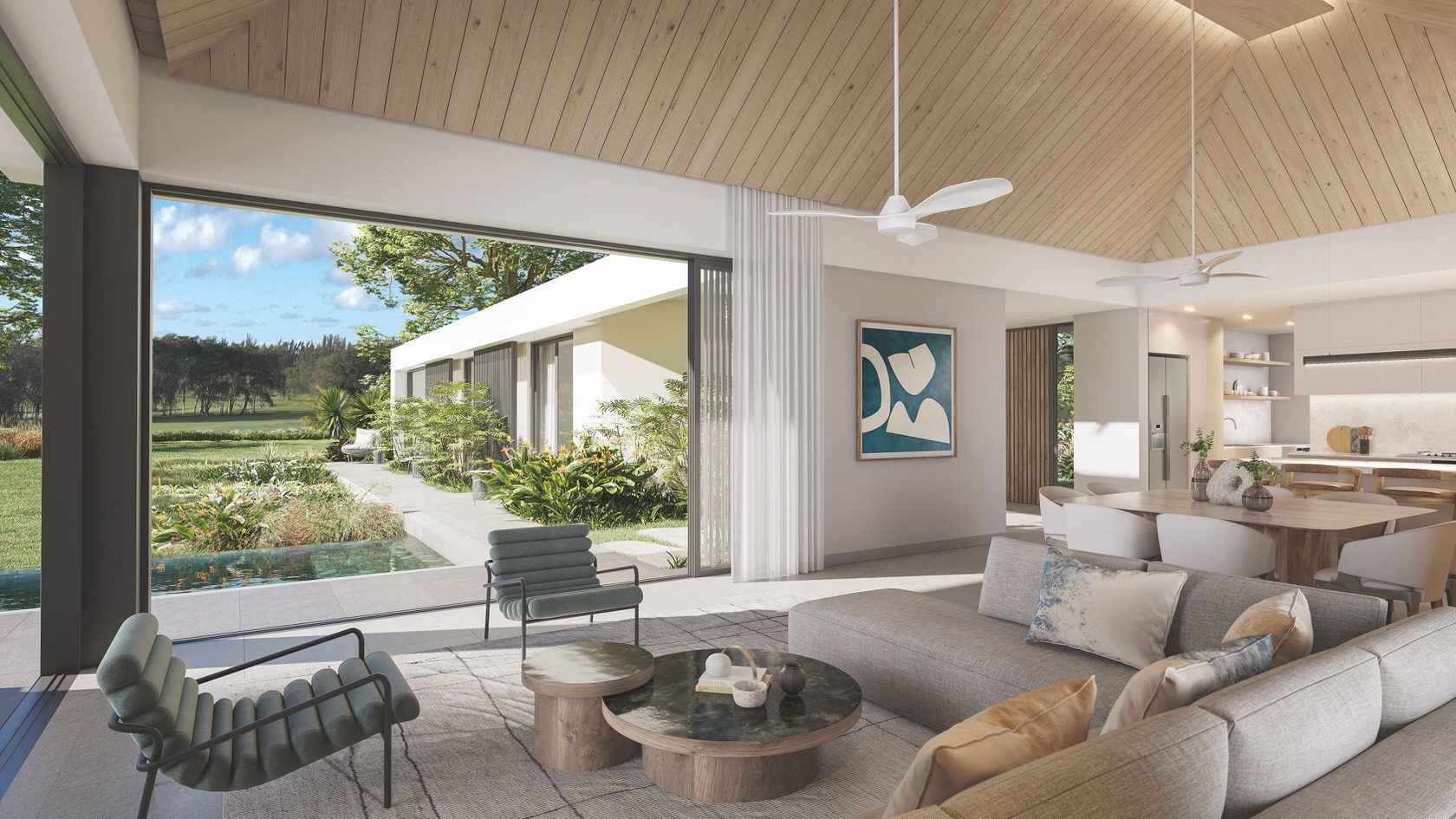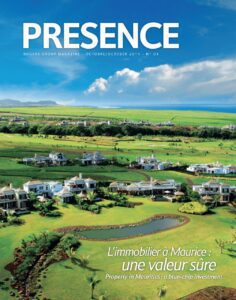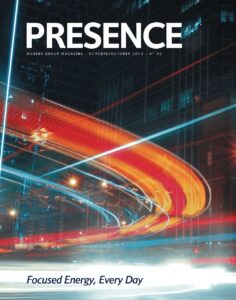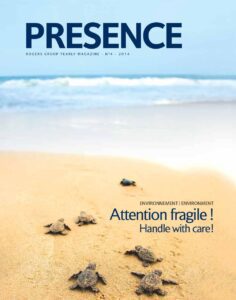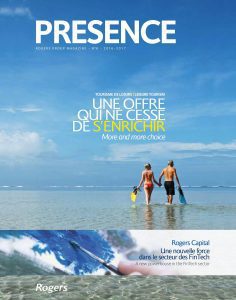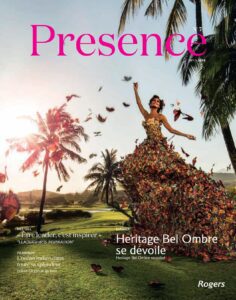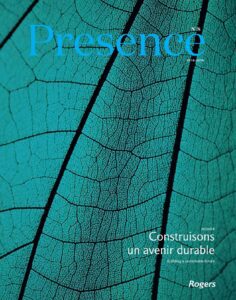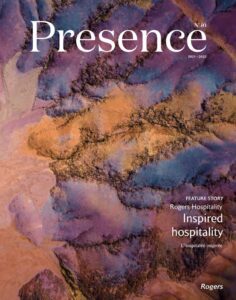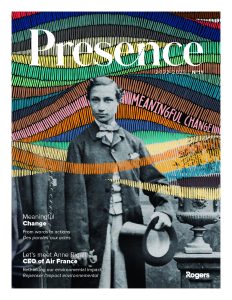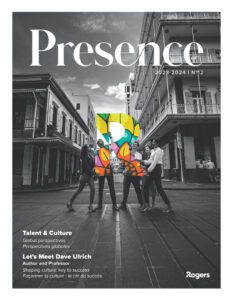Shades of red, orange, yellow, green, blue, indigo and violet… the rainbow’s seven colours are charmingly laid out on this distinctive 7,500m² landscape. Without a doubt, Chamarel’s 7 Coloured Earth Geopark in the southwest of Mauritius is a sight to behold. But how did this one-of-a-kind marvel come to exist?
Carved by Mother Nature. The story starts millions of years ago, when the island of Mauritius itself came into existence through underwater volcanic activity, giving the island its basalt rock crust. Over millennia, as the island flourished, Mother Nature decidedly sculpted, then gently brushed the different colours into this spectacular landform. But can science explain this phenomenon?
Why is the land bare? The area’s hot and humid climate thoroughly decomposed the basalt rock into a chemically weathered and soft rock known as saprolite that’s rich in clay. This erosion stripped the land of the nutrients that plants need in order to grow, resulting in the area’s bare and unvegetated landscape. The sharp ridges in the loaf-like mounds of earth were formed by centuries of tropical rains.
How did the different colours come about and how does it stay separated? It’s the broken down mineral deposits, that give it colour: iron provides the red to brown hues, while aluminium produces shades of blue to violet-blue. And the fact that these metals repel one another is what causes the colourful stripes to stay separated.
A sight to see
In 2018, Chameral’s 7 Coloured Earth welcomed 435,000 visitors, confirming it as one of the island’s most iconic attractions. Not far from the geopark, you can also check out the 100 metre-high Chamarel Waterfall, then get up close and personal with huge, but friendly tortoises. And don’t forget to stop by the coffee shop to taste their locally brewed coffee. And after all is said and done, it seems it certainly is a day well spent!
W: chamarel7colouredearth.com

